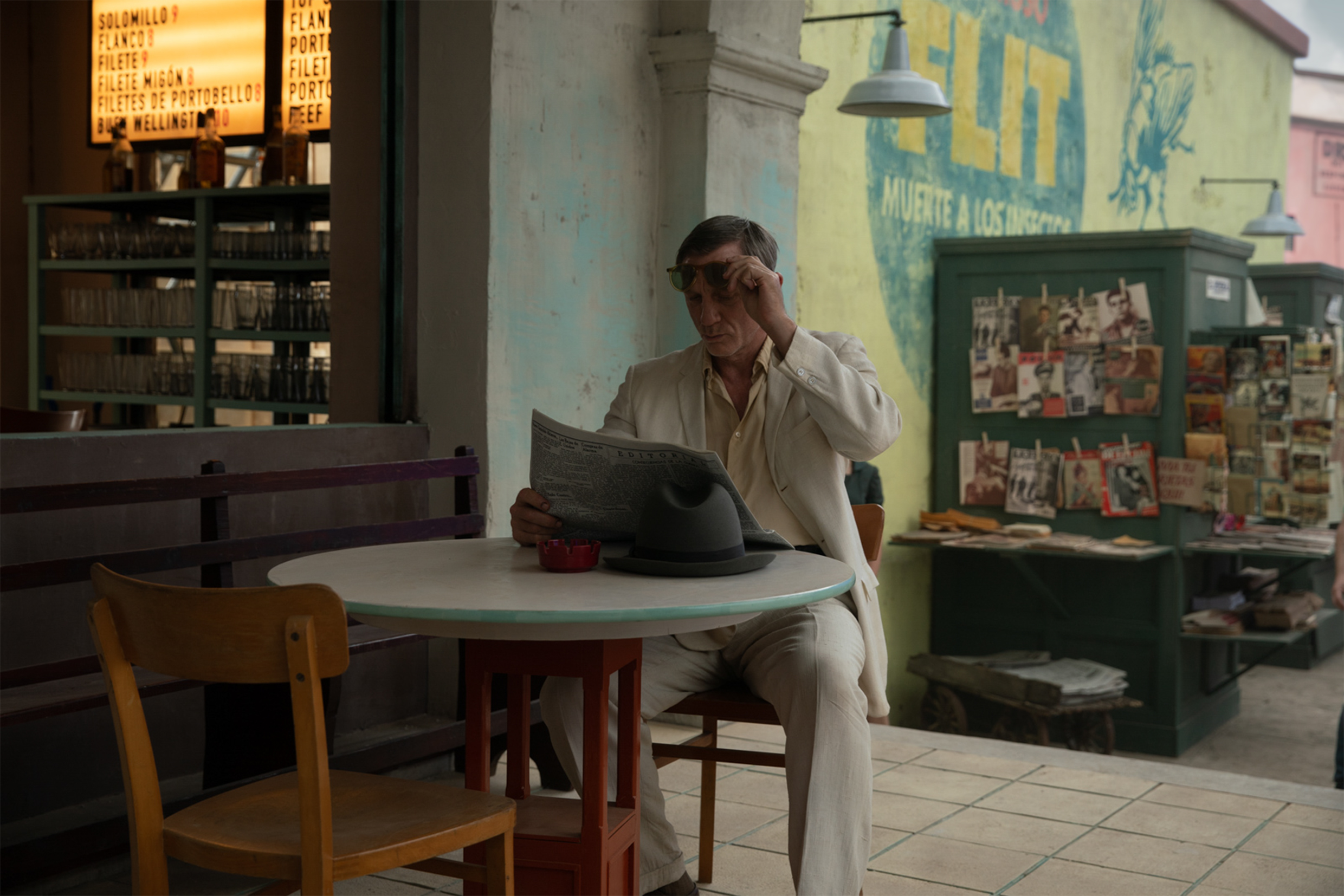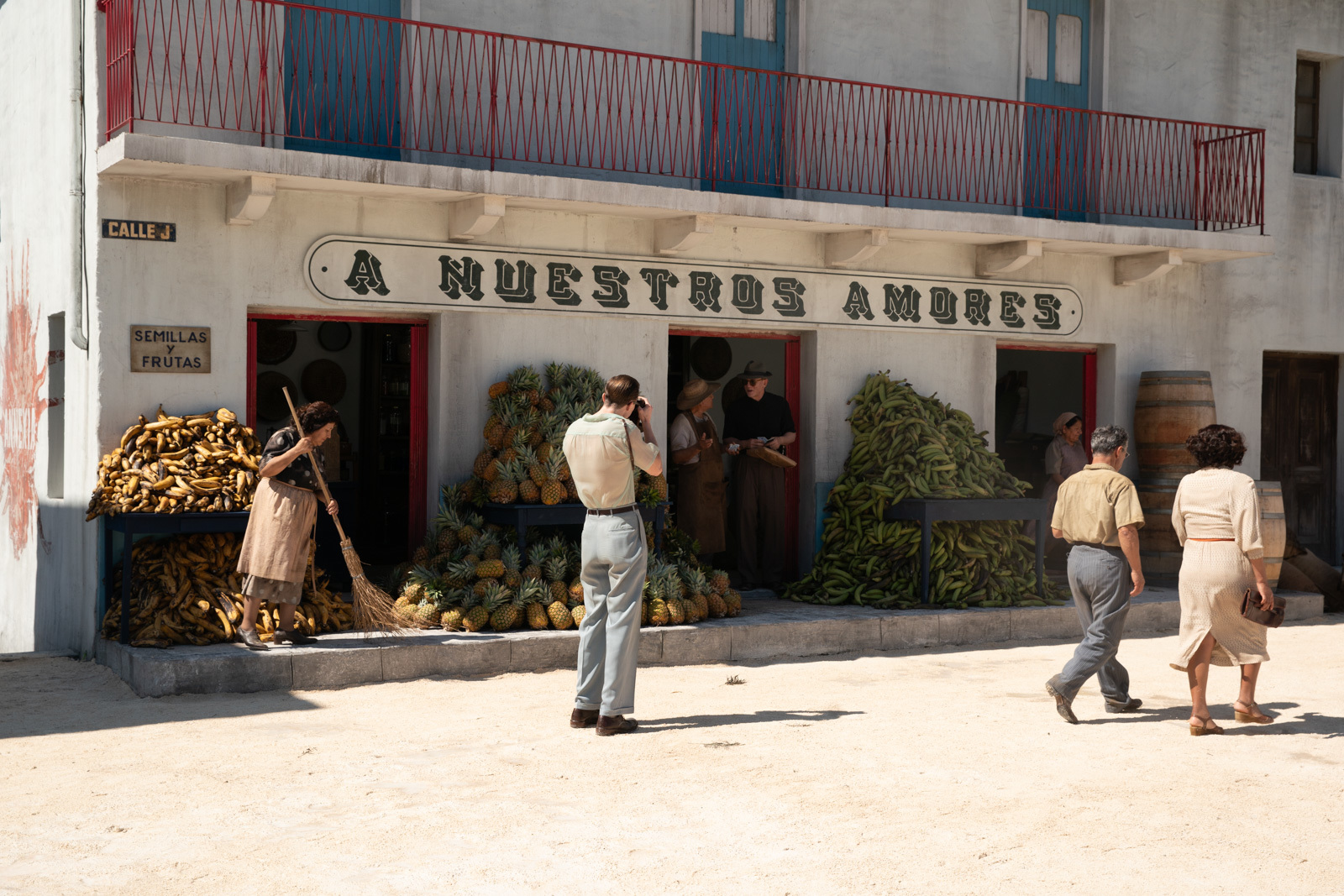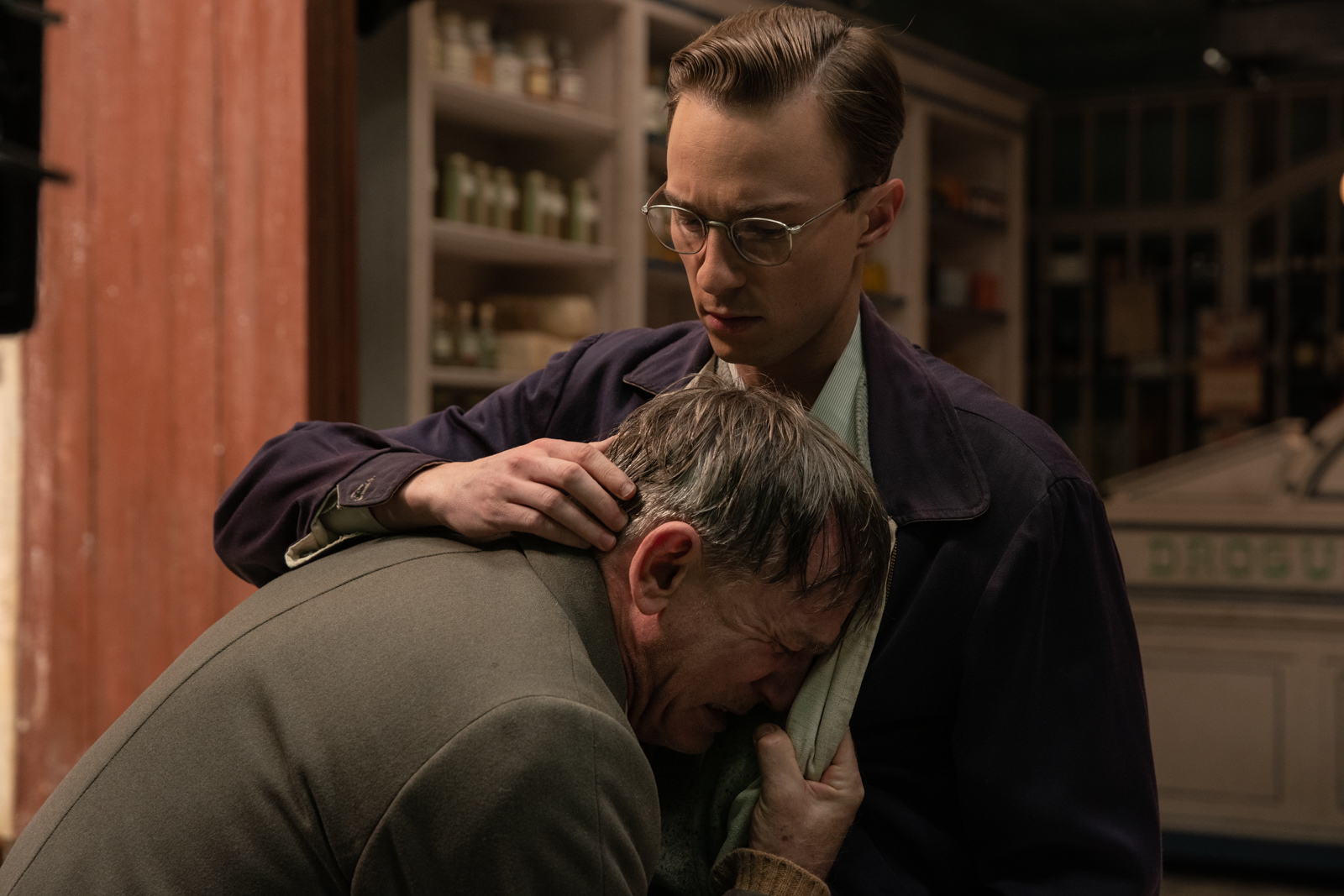Queer: don’t expect another Call Me By Your Name

London Film Festival: This might be Luca Guadagnino’s most personal film yet. It’s also his most challenging.
Culture
Words: Martha Kershaw
Luca Guadagnino has spoiled us rotten this year. In September, Queer premiered at the Venice Film Festival, hot on the heels of Challengers’ spring success as a love triangle movie that dominated discourse for months. Now comes this adaptation of William S. Burroughs’ semi-autobiographical novel. Starring James Bond himself (Daniel Craig) and Outer Banks’ Drew Starkey, with Loewe’s Jonathan Anderson again providing the costuming (as he did on Challengers), it’s a film by the Italian auteur about sex, drugs and obsession in 1950s Mexico City.
Guadagnino has a brand at this point: sultry, provocative, a touch of the taboo. The controversial relationships seen in his films range from age gaps to throuples to, well, cannibalism. And since 2017’s Call Me By Your Name catapulted him into the mainstream, Guadagnino has had quite the run, with Queer collating all the themes, ambience and pressure-points of its predecessors: there’s the sun-drenched melancholia of CMBYM, the eccentricity of Suspiria (2018), the animalism of Bones and All (2022) and the obsessiveness of Challengers (2024). His soundtracks, too, are almost as defining as the images he produces. His latest is no exception, as anachronistic post-punk (early New Order) and grunge (Nirvana, twice) are needle-dropped between frequent collaborators Trent Reznor and Atticus Ross’ original score.
But despite all these commonalities, Queer is light years away from anything Guadagnino has attempted before.
The film unfolds in Central and South America, with ageing American expat William Lee (Craig) prowling the Mexican capital in search of male lovers. He becomes consumed with desire for the young Eugene Allerton (Drew Starkey), soon spiralling into a drug-fuelled infatuation that leads to his own heart of darkness journey through the depths of the jungle. It’s powerful, deeply felt stuff. Burroughs’ Queer was written in the ’50s, but publication was delayed by 30 years because his frank depictions of homosexuality and addiction were truthful to his own experiences – something he found too painful to read and, by proxy, relive.
Adaptation is nothing new for Guadagnino: CMBYN and Bones and All were both based on existing books. When he developed Queer, however, it was a question of externalising the internal, of visualising the invisible, given Burroughs’ novel is told through one man’s mind, thoughts mostly unknown to those around him. With Challengers screenwriter Justin Kuritzkes on board, he and Guadagnino wrestled with how to depict Burroughs’ substance abuse, repressed sexualities and the agonies of loneliness.
But these thematic threads aren’t solely the product of Burroughs’ novel: Queer is a palimpsest of stories. It’s impossible to guess where Burroughs ends and Guadagnino begins. They clearly share certain obsessions, despite the differences in their lived experiences. The director has previously spoken about his connection to Burroughs’ book: “As a 17-year-old, I knew my sexual identity but was also discovering it. To read a book that was so candid about homoerotic love played a big part.” Guadagnino was drawn to “the idea that you take Burroughs, and you make him universal.”



It’s Anderson, the designer behind Zendaya’s I Told Ya tee in Challengers, who gives material form to Queer’s subject matter. The film’s suits, trilbies and fitted knits feel both very 1950s and very 2024, a definitive departure from Challengers’ modern athleisure wear. Anderson has spoken about how he injects narrative into his costume choices; as Lee’s infatuation grows in intensity, clothing becomes the ultimate barrier to Eugene’s body. It is quickly abandoned in the privacy of night. Lee and Eugene get – quite literally, in one staggering feat of bravura cinematic effect – under each other’s skin.
Guadagnino’s preoccupation with compulsive love affairs reaches new heights in Queer, magnifying all of the grit of his earlier films. Manipulative power play is made pitiful by Lee’s desperation. Hunger becomes all-consuming, and sexuality is made transactional. Picturesque Italian towns are swapped for seedy hotel rooms. Rivalry plays out in bars rather than on tennis courts. If the age gap in CMBYN made you uncomfortable, this one will have you squirming. There are 26 years between the actors playing the protagonists, a factor exacerbated by the eventual physical degradation of an almost unrecognisable Daniel Craig. The film asks: what are you left with when your body fades into oblivion? Do you seek what you once were? (Themes that call to mind The Substance, albeit ones that play out under very different circumstances).
Queer is a fever dream of seismic proportions, reckoning with illusive love, disembodiment and mortality. Unlike the relative straightforwardness of his previous plots, here Guadagnino and Kuritzkes dip their toes into surrealism. Lee’s hallucinogenic episodes are more on a par with abstraction than reality. Film students will be over-analysing Queer for years to come: the significance of that millipede necklace, the religious iconography, the catalogue of film references, dream sequences as bewildering as dreams themselves. Guadagnino doesn’t so much push boundaries as he explodes them, in cataclysmic carnality. As a piece of art, there’s little to fault. But as entertainment, it will certainly be divisive. This is a gritty, sweaty, gruesome movie. Every Guadagnino film that came before has its imprint on Queer – none have been so ingeniously challenging.
Queer plays at LFF on Thursday 17th Friday 18th and Saturday 19th, and is on general release via Mubi on 13th December




